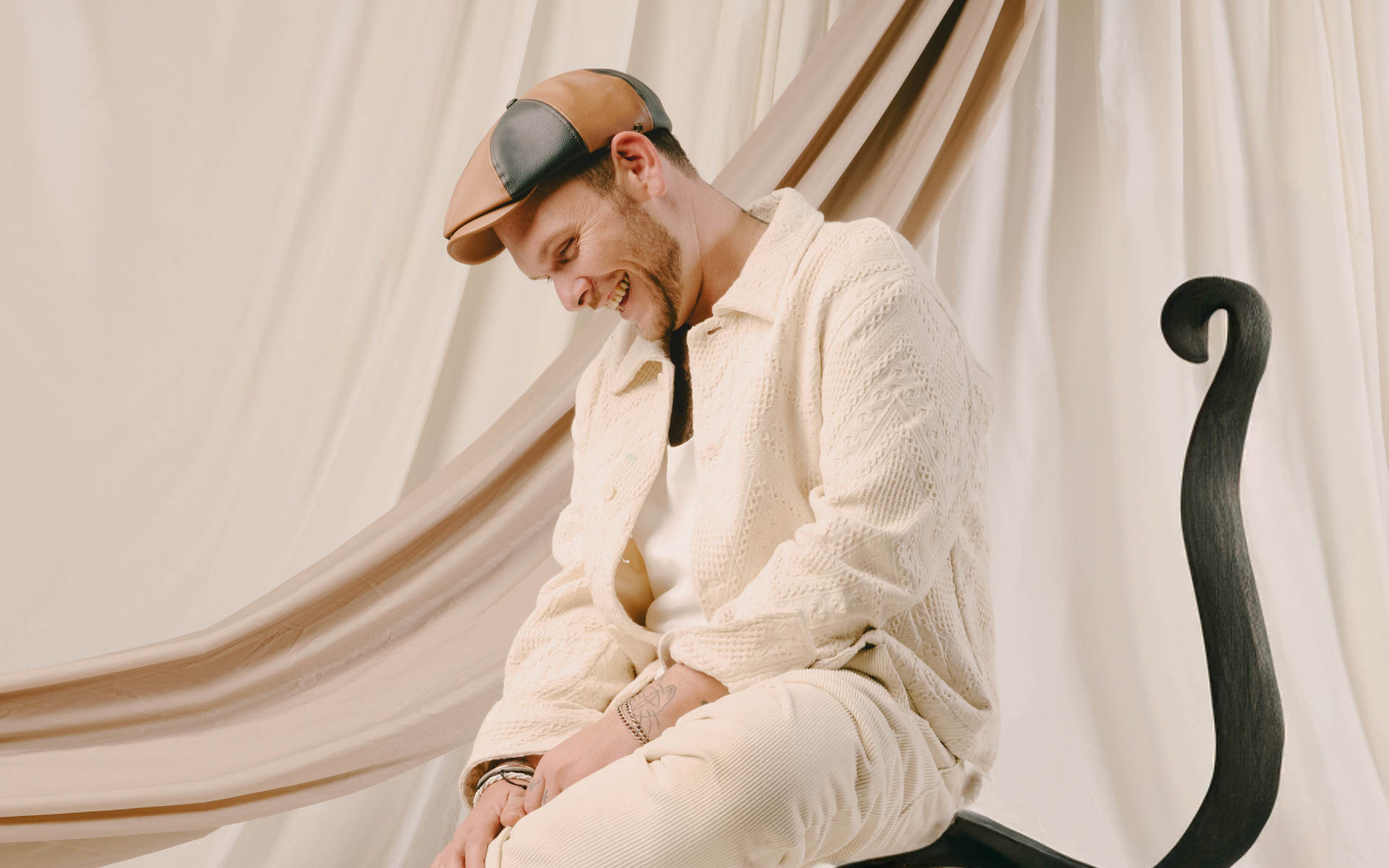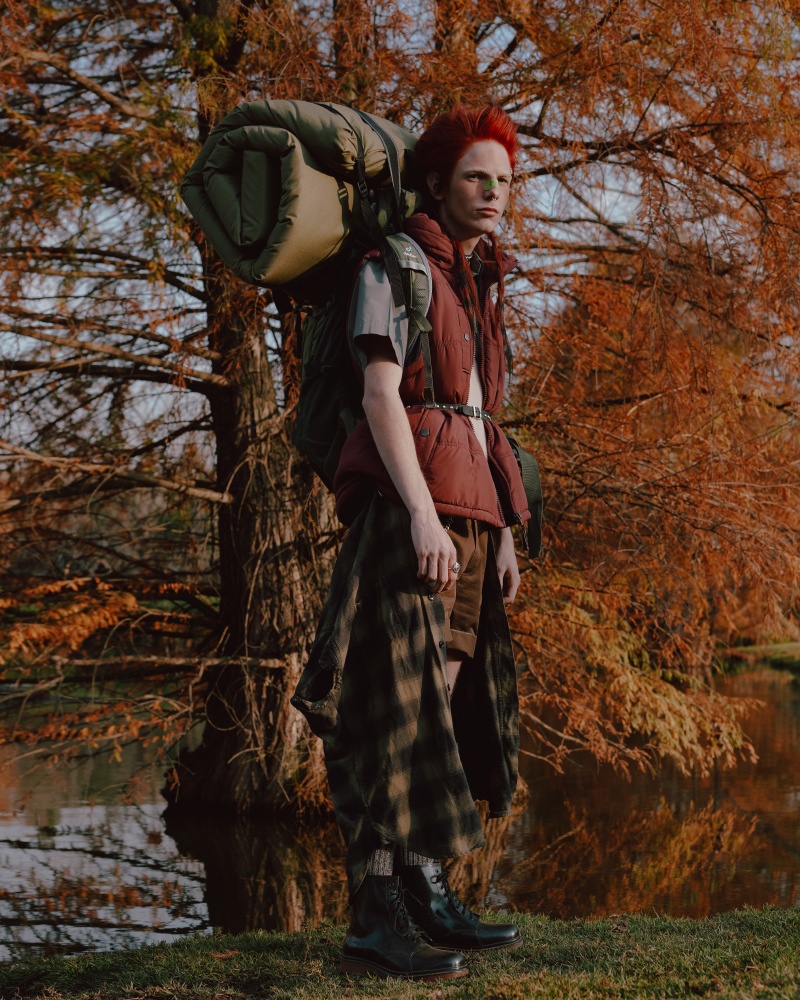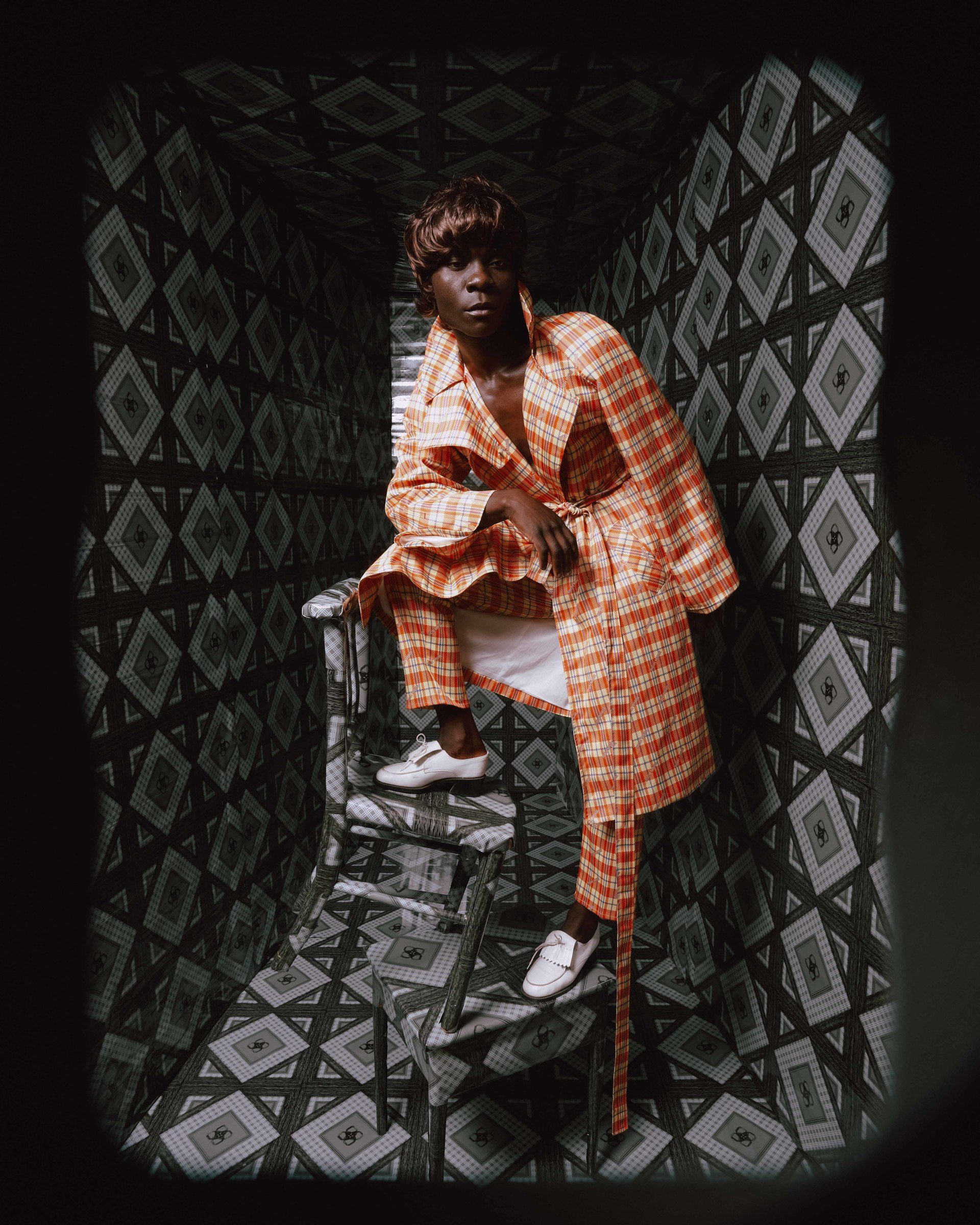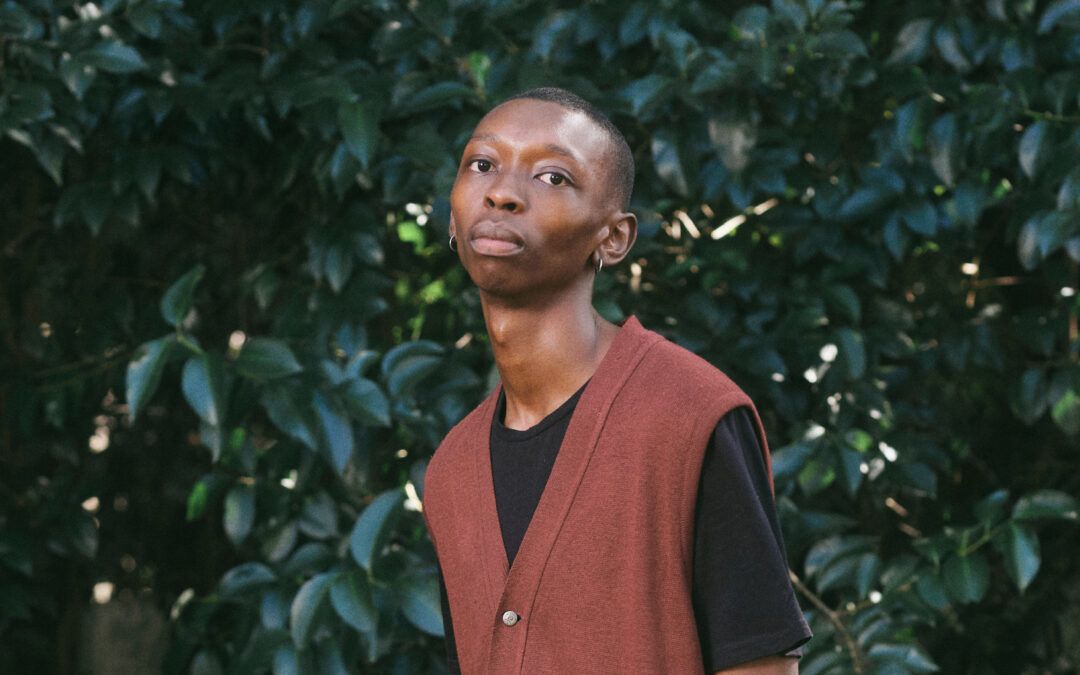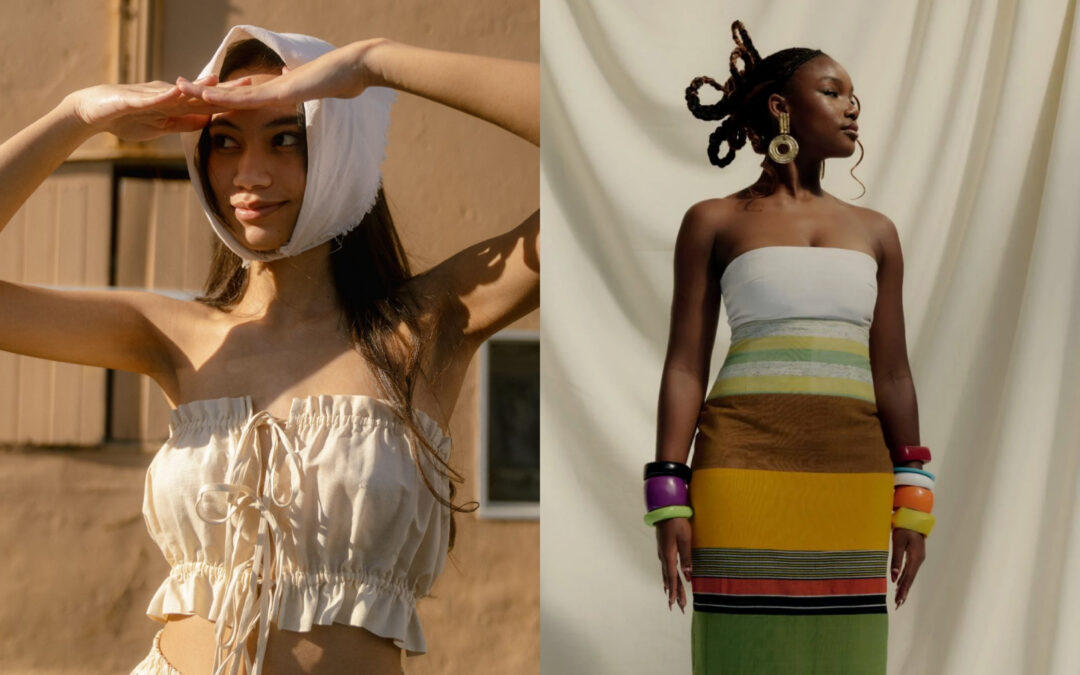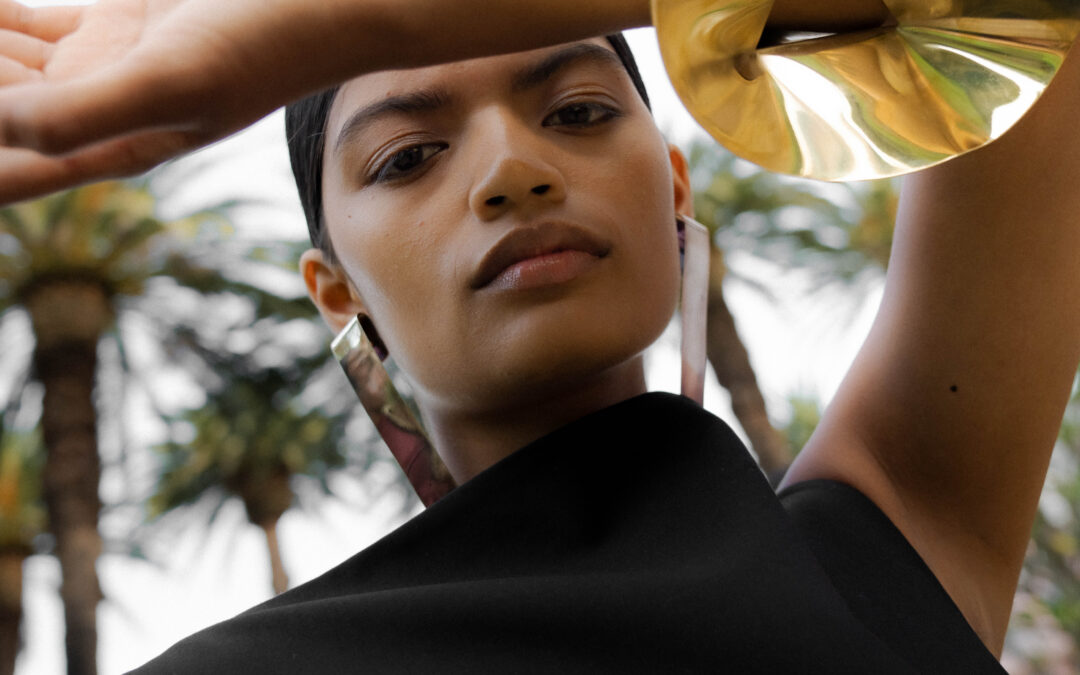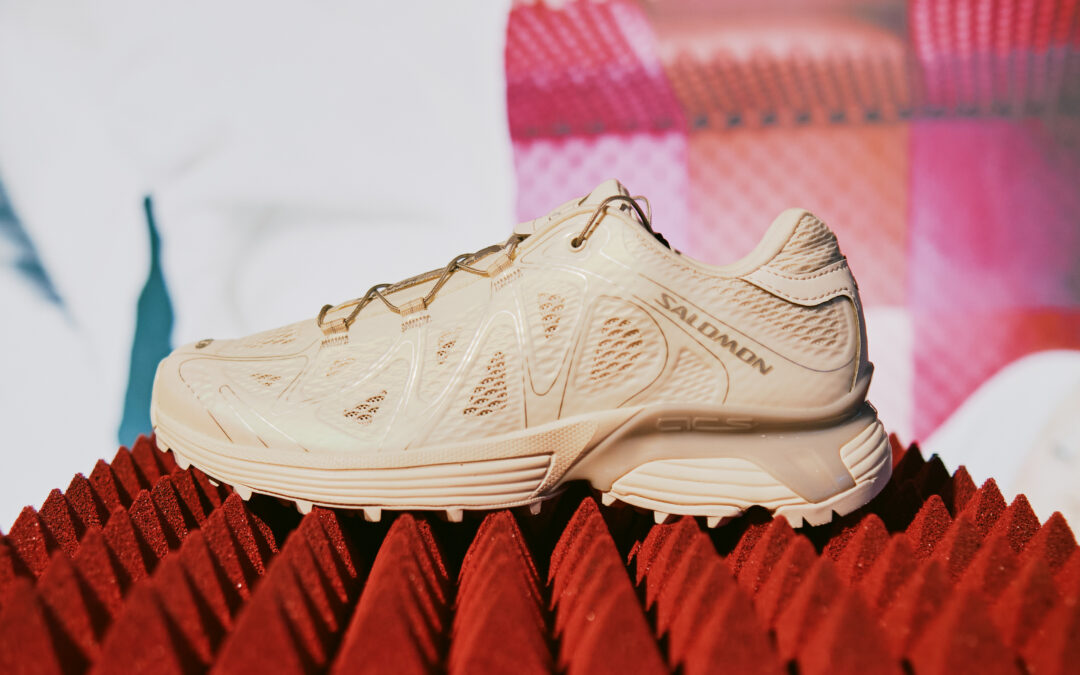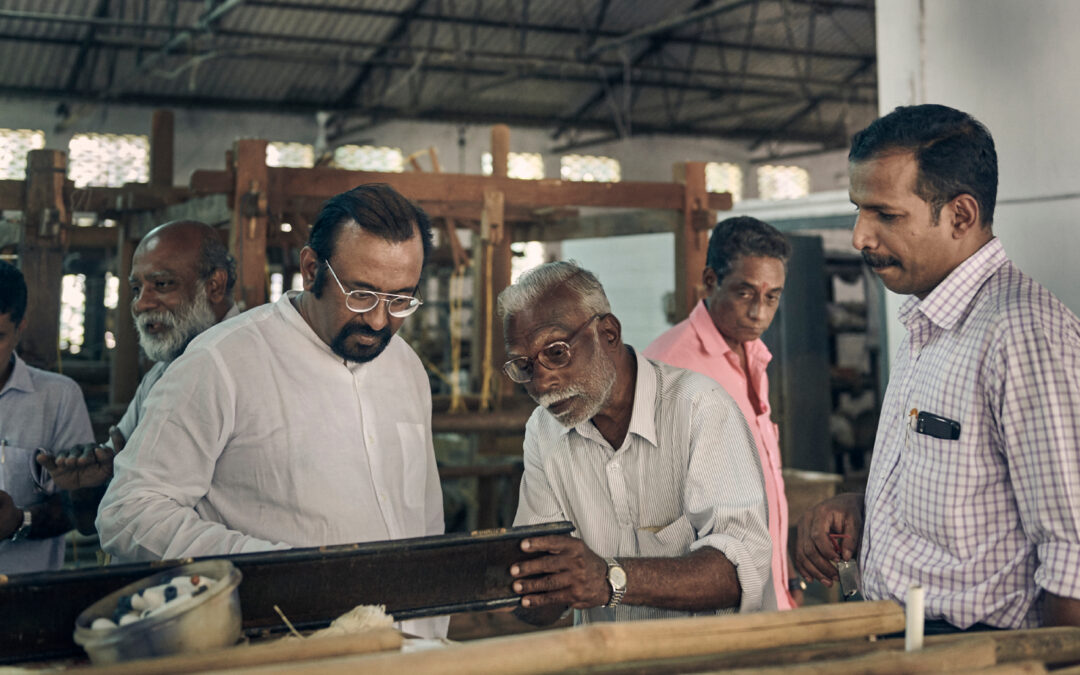I count every conversation that I have with creatives and artists as a deep honour. Perhaps because of my bias, gaining insight into the practices and perspectives of South African creatives evokes a stronger will to believe so deeply in the landscape of our country’s future. So, no conversation I have is concluded with my feeling anything but inspired – yet, there are those conversations which, almost out of nowhere, dig a little deeper into the matrices of emotion and depth of what it means to use one’s creativity as a method for searching, defining and acting out one’s own dreams. This conversation with conceptual stylist and set designer, Francois Ferreira, is one of those dialogues that moved the needle of my belief just that little bit further, on the potency of creativity as a medicine or salve for keeping the human spirit on its course through this strange and complicated reality.
Francois Ferreira is a wild force; somehow the effortless hybrid of the truest punk attitude – inhabiting the very best of non-conformity and rebellion – mediated by his delicate intuition, and the bleeding heart of someone in love with hope, in love with art and driven by a profound sense of empathy. And, it shows in Francois’s detailed repertoire of work. A world-builder and a magic-maker, Francois is a leader in the world of set design and styling as two components of the highest order when achieving symphonic fashion imagery. Set-building has often been the unsung hero of the difference between fashion and ‘FASHION’ – the latter being the way in which editorials and campaigns can be exalted to the status of fine-art. Whether it’s the etheric edge that Francois fused with vuvuzelas and Zulu-inspired headpieces as a way to portray the sartorial legacy of SA soccer culture for adidas x Orlando Pirates x Thebe Magugu, or the giant hand gracefully holding a model for The Lavazza Calendar 2024 shot by Aart Verrips, or the pyramid drapery for Amy Zama’s #STYLBEYSA campaign with Woolworths – Francois uses set design and props as a language unto its own, instilling conceptual motifs and depth across the work that he is involved in, with a stunning command.
On the beginning of his career as stylist, Francois explains that “I studied marketing but I had experiences as an extra in South African telenovelas – and I’d always liked wardrobe. After finishing my degree, I worked for a gallery and then someone asked me why I didn’t become a stylist? Honestly, I didn’t realise it was even a job. I really didn’t think you could get paid for this shit!” It seems to be a universal experience among many of the best stylists – that styling didn’t even seem like a real job, considering previous connotations of the work were rooted in playing with clothes. Though, as styling has become more understood as a role, it’s far more than that. Francois’ earliest focus was menswear, “I started with GQ and became one of the first freelance contributors for the publication in that decade. I helped them launch GQ Style, and I worked for a lady called Charlotte Collins for a long time – she is an amazing stylist and taught me a lot of things, as well as Arthur Malan-Murison, who was at that time the fashion director for GQ. I ended up working for GQ South Africa, GQ UK and GQ Europe.”
Francois Ferreira Set Design for LAVAZZA, Photography by Aart Verrips
Francois Ferreira Set Design for LAVAZZA, Photography by Aart Verrips
With multiple Loeries behind his name and a recognition in 2016 as the top stylist in Africa and Middle East, Francois began to build his vision as a conceptual stylist – with a skillset rooted in narrative storytelling, “I was always known as a fashion stylist because of my background, but I wanted to change the narrative, so I did an exhibition called One Night Stand. That pivoted my career in a more conceptual direction, looking at performance art, set design and concept as a basis for my process.”
Navigating the multitudes of what one wants to say with their work, Francois credits his intuition as a guide in how to manage the discipline of a stylist and set-builder between commercial work and artistic expression, “In the beginning, I only wanted to do menswear. I wanted to change the way people see and interact with menswear and I really did that at GQ, I think, so my goals are always personal in that way. Every time you walk into a room and with whomever you meet, you need to know why you’re there. Sometimes you’re there to make money and you do need to shut up and follow the brief, and sometimes you’re there to be creative and you have to fight for that vision. I have tried to guide my whole life and career to things that are achievable to me personally, so that whatever I do remains personal to me and not determined by society or clout.”
A two year stint as fashion director for Edcon (the now defunct retail home for Edgars) Francois pursued a sabbatical for a year, travelling and searching to return to the source of his inspiration. Creativity has a kind of sentient awareness that needs to be fed and nurtured, and for someone as intellectually curious and driven by poetics in his work – Francois notes that recognising that “we have multiple facets and sides of ourselves, and we can only tell stories of what we’ve allowed ourselves to be put into,” brought him to a place beyond the rail and steamer, and into the world of set design. “I wanted to do set building”, Francois says, “and because of my understanding of wardrobe, I think it’s easier for me to build sets that speak the same language. I think that’s the secret to my success – as well as being very clear that no element should outshine the other, all aspects of a good story or image have to be balanced with each other.”
In the decade and counting that Francois has been building his point of view (and accompanying reputation as a true artist within the fashion space), Francois feels that it’s the team-player nature of working on a set or building a body of work that demands a sacred and sensitive approach, “the beauty of where things are right now is that people I’ve admired and wanted to work with, I’ve had the opportunity to do so. Back in the day, you couldn’t just walk onto set with another stylist – it was a singular job, you know? Set design has given me an ability to collaborate in a really different way with people that I love and channel our creativity together, to tell new stories.”
We talk endlessly about collaboration in the creative space. In fact, it’s become a bit of an oversaturated word – how ‘sustainability’ lost its meaning for our changing understanding of fashion’ so – I’m curious to ask Francois whether he thinks that we have arrived in South Africa as truly being collaborative? To which he says “as far as widespread collaboration goes – I think it’s a theory, and a good one too. I think it definitely happens when you get older and you have your own confidence in your work. I learned this stuff playing team sport, which happened when I turned 30 and started playing touch rugby. I had grown up an isolator, and touch rugby weirdly saved my life. Learning how to truly be in a team is about understanding that it’s not always your turn to shine and it can take a long time to understand what your purpose can be in a team. A lot of us still don’t really understand that because we haven’t made peace with ourselves and our own narratives as creatives. So, we go into spaces asking for everything and when we don’t get it – we get upset, or our ego gets bruised.”
What then, is Francois’ antidote to this? “You must walk into collaboration and allow something without asking for anything in exchange. It’s the notion that even if I get nothing, the experience was worth it.”
‘Barber Boys’ for Fucking Young! Magazine, photographed by Aart Verrips, production design by Francois Ferreira
Gina Jeanz photographed by Aart Verrips, Product Design and Styling by Francois Ferreira
Regarding his process, Francois shares that “for me, styling is a feeling thing. It’s a tangible thing. I’m obsessed with the movement of fabric. You can plan a story to the tee, but on the day is when the work is really revealed. It could be anything from meeting the model – and they give off a certain vibe – and knowing that can’t force them into something that’s not them, so you have to adapt. I think the difference between a good story is how the set was that day and whether everyone was included in creating the work. Having different skills on the day is why a set is a collaborative space; so if you trust the photographer, their moment to take over is important. If you become too stubborn and are too rigid in what you want, there is no space for that openness to come through.”. When all is said and done, showing up with openness to is the difference between stale work and work in which the viewer can truly see the collaboration that came together. I think of the Orlando Pirates x adidas x Thebe Magugu, with Room Studio guiding the process, as a body of work in which the brilliance of many minds came through to give us something so elevated, so meaningful and so indicative of South African ingenuity. Those images will live in my mind forever. As Francois simply says, “you’ve got to give into the freedom of creation on the day – that creates synergy and beautiful work. We have power in what we do and in creativity, there’s so much healing.”
On finding harmony in the process, Francois says that the arrangement of a team is crucial, that “the biggest thing that controls my work is that there’s a captain of the ship. Sometimes that captain is me, sometimes it’s someone else, but there always needs to be someone guiding the work. I’m also very into working with people who balance each other out. I’m eccentric, and if the photographer is eccentric – it’s a carnival, chom! Working with people who have a different viewpoint or ability to balance each other out is so important.”
Set design is a kind of shamanic practice for space-creation and atmosphere-enhancing. All of the greatest feats in fashion and the arts are punctuated by strong sets that work in flow with whoever is situated in the space and I am of the belief that this new era of set design in South African sartorial consciousness, led by minds such as Francois, are keys to unlock even greater heights. “For set design, it’s very much a conversation between me and whoever the stylist is. If we understand the narrative together, we can complement the space between garments and the surrounding set or world,” Francois notes, and “I do costume design, production design – and at the end of the day, I just want to show the world my art. That’s the most important thing to me. With sets, there’s less people that get involved with my work and I can find a lot more freedom, because set design is a specific kind of skill. People really allow you to create a space.”
Francois’ attitude is one of reverence for the healing power of art. This couldn’t be a more beautiful personal manifesto, especially in the context of our country – a place trying (and achieving) its own storytelling and vision, from the ashes of a traumatised and displaced past. I ask Francois precisely what he hopes his work can say, “I’ve always rooted for the underdog. I try to tell stories to make people feel more at home and from a personal point of view, I didn’t have the best childhood – it was hard – and there’s a way that the work I’ve done and continue to do transformed me. I want to leave work that inspires some kid one day who felt misunderstood, for them to know that there’s a way out, you know? I think that’s what we can do with our work. We create hope and we create stories that can offer that escape from hard situations.”
Finally, I leave you with Francois’ lasting wisdom on why fashion image-making matters – what it says about culture, history, the future and our place in the world, “Language limited. I can say something you and you understand through the lens of your context, background and experiences – with imagery, it’s universal. There’s this beautiful thing in which we see the image and feel it, before we ascribe language to it. I haven’t found anything more powerful than that.”
Styling and Production design by Francois Ferreira, photographed by Aart Verrips
THE EDIT for Sunday Times Fashion, shot by Aart Verrips, Set and Prop Design by Francois Ferreira
Written by: Holly Beaton
For more news, visit the Connect Everything Collective homepage www.ceconline.co.za

